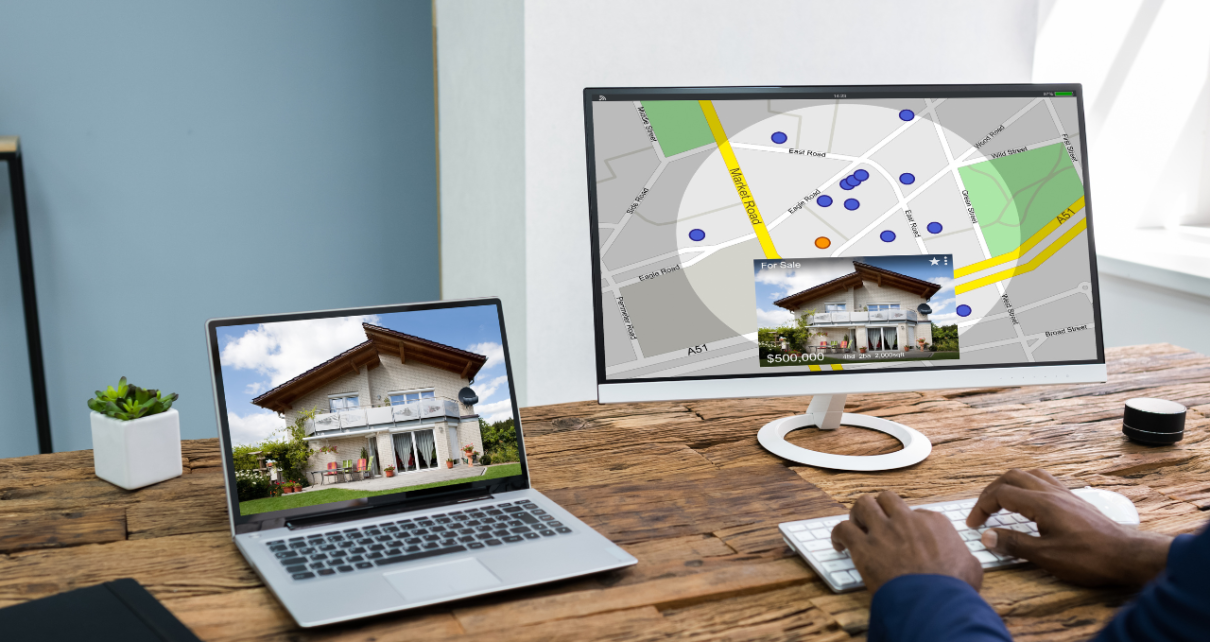In today’s competitive real estate market, high-quality photos are essential for showcasing properties and attracting potential buyers. Real estate photo editing plays a crucial role in enhancing the appeal of properties, highlighting their best features, and creating a positive first impression.
- Basic Color Correction
Color correction is one of the fundamental techniques in real estate photo editing. It involves adjusting the color balance, contrast, and saturation of images to ensure they accurately represent the property’s true colors and enhance its overall visual appeal.
- Straightening and Perspective Correction
Distorted perspectives can make a property look unappealing and unprofessional. Using perspective correction techniques, editors can straighten tilted lines, adjust angles, and create a more balanced and aesthetically pleasing composition.
- Noise Reduction
Digital noise, often appearing as unwanted grains or specks, can detract from the quality of real estate photos. Noise reduction techniques effectively remove these imperfections, resulting in clearer, sharper images.
- Lighting Enhancement
Proper lighting is essential for capturing the true essence of a property. Real estate photo editors employ various techniques to enhance lighting, such as adjusting exposure, balancing highlights and shadows, and adding virtual lighting to brighten dim areas.
- Object and Flash Removal
Unwanted objects, such as clutter, personal belongings, or temporary staging items, can distract from the property’s features. Object removal techniques allow editors to seamlessly eliminate these distractions, creating a cleaner and more appealing presentation.
- Sky Replacement
Overcast or dull skies can make a property’s exterior appear less inviting. Sky replacement techniques allow editors to replace the existing sky with a more appealing one, enhancing the overall ambiance and curb appeal of the property.
- HDR (High Dynamic Range) Processing
HDR processing combines multiple exposures of the same image to capture a wider range of details in both bright and dark areas. This technique is particularly useful for capturing the interior of a property with large windows, ensuring that both interior and exterior details are visible.
- Lens Correction
Lens distortions, such as vignetting and chromatic aberration, can affect the quality of real estate photos. Lens correction techniques effectively remove these distortions, resulting in sharper, more accurate images.
- Digital Staging
Digital staging involves virtually adding furniture and décor to vacant properties, giving potential buyers a better sense of the property’s layout and potential use of space.
- Panoramic Stitching
Panoramic stitching combines multiple images of a property’s interior or exterior to create a wide-angle view. This technique is particularly useful for showcasing spacious rooms or expansive outdoor areas.
These common real estate photo editing techniques, when used effectively, can significantly enhance the appeal of properties, attracting more potential buyers and increasing the likelihood of a successful sale.



